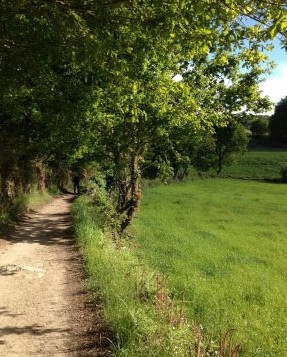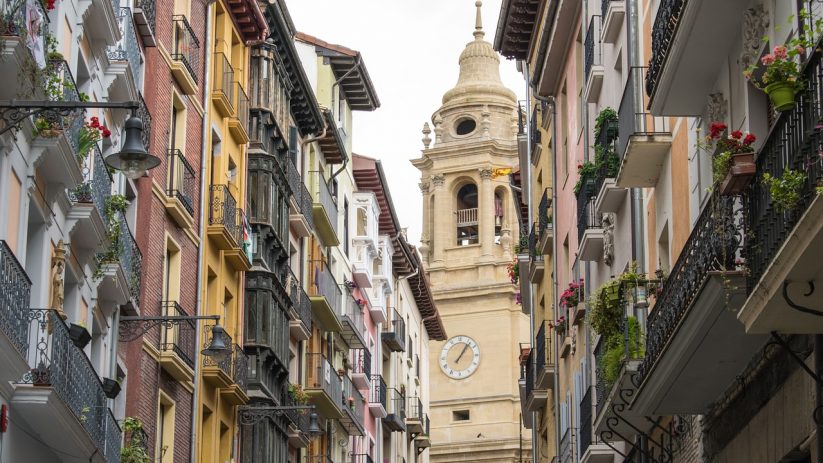 Leave your burdens and be in the moment
Leave your burdens and be in the moment
Biggest laugh or cry: I began the Camino in Hospital de Orbigo, slightly west of León. The path there is wide and dusty and surrounded by fields of crops and wildflowers. By the end of the day, walking 15 miles and hitching a cab for 15 more, I arrived in the tiny village of Foncebadón, not quite two miles from the Cruz de Fierro (the Iron Cross). Walking these two miles was one of the most significant times on the Camino for me. The cross sits atop a staggering mound of stones, laid there by thousands of pilgrims symbolically relinquishing their sins and burdens or pleading for mercy or a blessing. It was cold and raining, and a blustery wind buffeted the pilgrims as we approached this highest point on the Camino. Everyone stopped at the foot of the mound and waited in silence as each person, alone, climbed to the top and laid down a stone. I am not a person of faith or religion, but the symbolism of unburdening was truly powerful.
How unexpected: I thought that it might be difficult to be simply on the Camino without thinking too much. But the peace and natural beauty were music to my soul, and I was surprised by the colors of the flowers, the flutter of a butterfly, the smell of freshly mown hay.
Fondest memento or memory: Among the traditions on the Way is the greeting “Buen Camino!” It’s a ubiquitous phrase, diligently exchanged by those walking, the people we passed in villages, and folks in shops and cafes. Buen Camino: Have a good Camino, find what you need along the way, leave your burdens scattered along the path, be in the moment.
To tell us about your own trip, go to www. washingtonpost.com/travel and fill out the What a Trip form with your best memories, finest moments and favorite photos.
*This article was originally published by The Washington Post on:
www.washingtonpost.com
